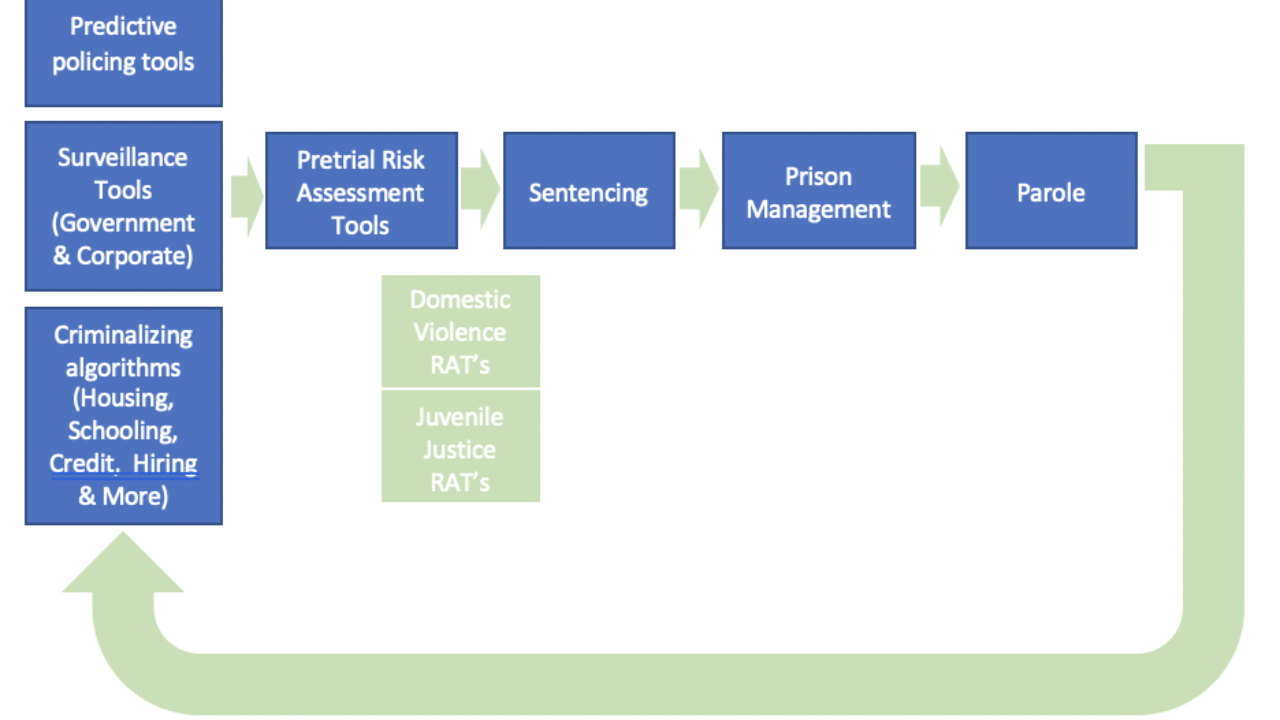
Sentencing is one of the most critical and impactful decisions a judge makes. A sentence not only affects the individual before the court but also shapes public trust, community safety, and perceptions of justice. Historically, sentencing has often been guided by judicial discretion and precedent. However, there’s a growing call for reform—anchoring sentencing decisions in empirical data, risk assessment, and rehabilitation outcomes. This is the essence of evidence-based sentencing, and training judges in this modern approach is now a key focus in judicial education.
What Is Evidence-Based Sentencing?
Evidence-based sentencing (EBS) refers to the use of data, research, and validated risk-assessment tools to guide sentencing decisions. It shifts the focus from punishment alone to outcomes—especially those related to public safety, offender rehabilitation, and reduced recidivism. Judges use insights from criminology, psychology, and statistics to craft fair and effective sentences.
Core Objectives of EBS Judicial Training
1. Reduce Recidivism
Using risk-assessment tools helps identify offenders likely to re-offend and tailor interventions to reduce that risk.
2. Promote Fairness and Consistency
EBS minimizes sentencing disparities caused by implicit bias or regional variations, improving consistency across jurisdictions.
3. Emphasize Rehabilitation Over Retribution
Judges learn to differentiate between high-risk and low-risk offenders, applying rehabilitative sentencing where effective.
4. Integrate Scientific Research Into Sentencing Logic
Judges are trained to use evidence from studies, behavioral science, and long-term correctional outcomes in making decisions.
Key Components of Evidence-Based Sentencing Training
| Component | Description |
|---|---|
| Risk and Needs Assessment Tools | Instruments like COMPAS or LSI-R used to predict recidivism |
| Training on Bias Mitigation | Identifying and addressing unconscious bias in sentencing |
| Data Interpretation Skills | Understanding criminological data and trend analysis |
| Sentencing Alternatives | Education on community corrections, treatment programs, and diversion |
| Outcome Measurement | Training judges to evaluate long-term effects of sentencing decisions |
Implementation Framework for Judicial Education
1. Integration in Judicial Academies
Judicial education bodies must incorporate EBS modules into induction training and continuing legal education (CLE).
2. Use of Interactive Simulations
Simulated sentencing hearings based on real case files allow judges to compare traditional and evidence-based outcomes.
3. Collaboration with Experts
Psychologists, criminologists, and data scientists should co-facilitate sessions with legal educators to ensure cross-disciplinary learning.
4. Digital Tools and Dashboards
Judges can be trained to use dashboards displaying offender histories, risk scores, and treatment responsiveness to make more informed decisions.
5. Regional Customization
Local crime trends, incarceration patterns, and available community services must be factored into training to ensure relevance.
Advantages of Training Judges in EBS Practices
| Advantage | Impact on Judicial Outcomes |
|---|---|
| Reduced Prison Overcrowding | Encourages alternative sentencing for low-risk offenders |
| Improved Public Safety | More accurate targeting of high-risk offenders for custodial sentences |
| Cost Savings | Community supervision and treatment are often cheaper than incarceration |
| Restorative Justice Promotion | Emphasizes healing and reintegration, especially in juvenile and drug cases |
| Greater Accountability | Data allows for outcome tracking and transparent evaluation |
Addressing the Challenges
1. Resistance to Change
Judges accustomed to traditional discretion may view EBS tools as limiting. Training must clarify that data enhances, not replaces, judicial reasoning.
2. Concerns About Over-Reliance on Algorithms
Some fear risk-assessment tools may embed systemic bias. Training should include a focus on tool limitations, validation processes, and human oversight.
3. Data Availability and Quality
Courts in low-resource areas may lack access to quality data. Judicial institutions must advocate for centralized databases and IT infrastructure.
4. Balancing Individual Justice with General Trends
Sentencing must remain individualized. Training should guide judges on how to apply general evidence while respecting case-specific contexts.
Case Study Example: Drug Court Sentencing
In one training simulation, a judge is presented with a first-time drug offender facing a custodial sentence. EBS tools reveal:
- Low risk of violent behavior
- High responsiveness to treatment programs
- Strong family and employment support
Instead of incarceration, the judge imposes a monitored treatment program with community supervision. Follow-up data shows a lower rate of re-offense and successful reintegration—outcomes far more positive than a traditional sentence would likely have achieved.
Overview Table
| Element | Description |
|---|---|
| Training Focus | Data-driven sentencing, risk assessment, bias awareness |
| Target Audience | Entry-level to senior judicial officers |
| Tools Introduced | Risk matrices, algorithmic assessment tools, digital sentencing guides |
| Benefits Emphasized | Recidivism reduction, fairness, rehabilitation |
| Challenges Addressed | Resistance to change, algorithmic bias, data access |
| Outcome Measurement | Long-term tracking of sentencing effectiveness and repeat offense rates |
Conclusion
Evidence-based sentencing is a transformative step toward a more rational, effective, and fair justice system. By training judges in the use of data, validated tools, and outcome-based reasoning, courts can move beyond outdated paradigms of punishment. The future of judicial sentencing lies in blending legal wisdom with scientific insight—ensuring justice is both fair and informed.
3 One-Line FAQs
Q1: What is the main goal of evidence-based sentencing?
To reduce recidivism and ensure sentencing decisions are fair, effective, and data-informed.
Q2: Do judges lose discretion with this approach?
No—evidence-based tools assist judicial discretion, not replace it.
Q3: Are these practices applicable across all court systems?
Yes, though customization based on local context and resources is essential for effectiveness.

